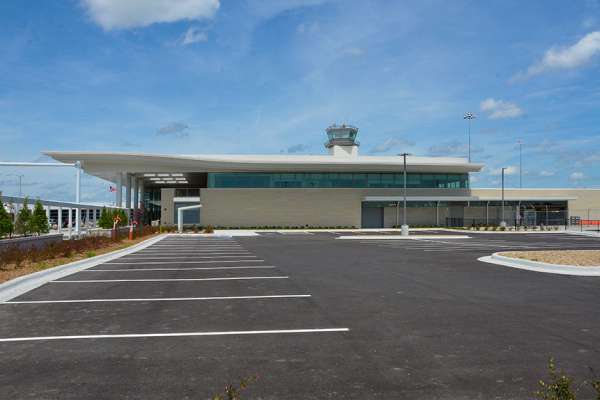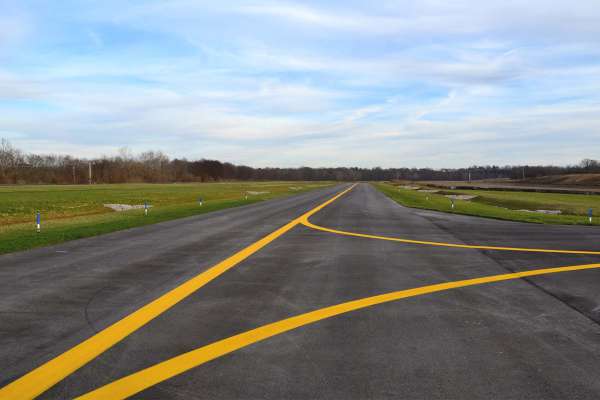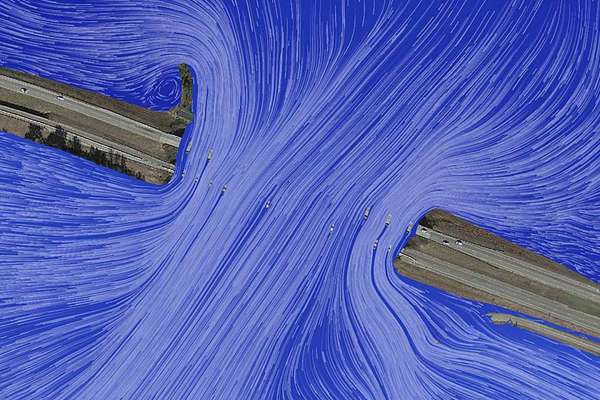Providing a Crucial Service
Major infrastructure projects may seem simple enough in concept, but each one requires lots of planning. Take bridge projects, for example. Before Garver's Bridge Team can even begin preparing designs for bridges over water, the Hydrology & Hydraulics (H&H) Team has to develop flood models to determine how big and high the bridge should be.
Garver uses two-dimensional (2D) hydraulic modeling, which is a new tool when it comes to transportation projects. Project Manager Mark Hammons has more than 10 years of experience using 2D models. But until recently, nearly all hydraulic models used for transportation projects had been 1D, which considers flow in a stream and floodplain in one direction only.
"2D means you can simulate flow in a floodplain more like it really occurs, with velocity in two directions in the horizontal plane," Hammons said. "And with the technology maturing, now we can describe how the water flows down the river in a more detailed and realistic way and we are able to visualize the model results much easier."
In the past, 2D models were expensive and time-consuming to develop. But easier-to-use software and faster computers are making these tools more applicable to fast-paced transportation projects. By simulating how the flow spreads out in the floodplain, the Garver H&H Team can advise transportation agencies on more precise bridge locations and sizes.
"The tools Mark and the rest of us on Garver's H&H Team are capable of applying are not only impressive, but it's crucial to locating and constructing bridges in a very cost effective way," said H&H Team Leader Burt Weathersbee. "We're covering everything from bridges to stream erosion control to drainage manual updates, and we're becoming more and more in demand as more people understand the services we can provide."






Share this article